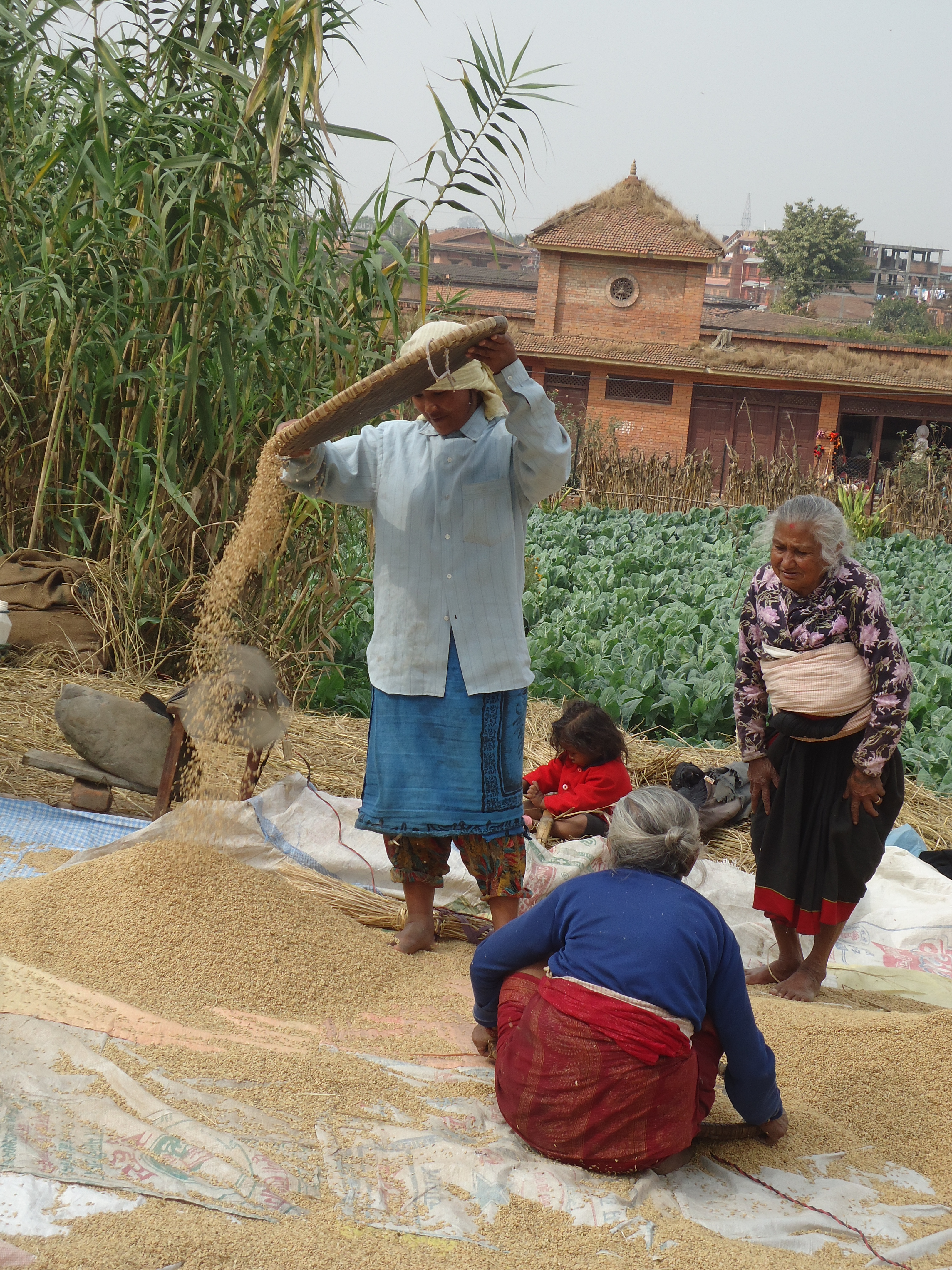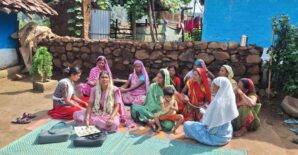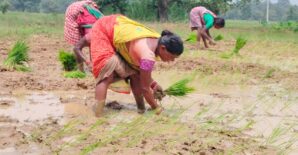
Women farmers in Nepal
Nutritional deficiency is a major concern in achieving sustainable food and nutrition security, especially in the South Asian nations. Nutritional deficiency, also known as “hidden hunger” is very common in these countries where people’s diet is largely dominated by starchy staples. The macro nutrients (protein, carbohydrates and fat) and micro nutrients (vitamins and minerals) are essential for our metabolism, growth,
and physical and mental well-being. The major source of these nutrients is our diet and hence the quality of diet largely determines the intake of these nutrients. Dietary diversity is one of the indicators which can assess the dietary quality and also the extent to which our nutritional needs are met. A recent study conducted by IFPRI tries to explore the dietary diversity and the food expenditure patterns for households in Nepal using data from the Nepal Living Standards Survey (NLSS).
The findings of the study suggests that many sociodemographic and economic factors determine the dietary diversity and quality of diet of the people in Nepal. Historically, Nepal has been known as an impoverished country with poor nutrition indicators. However, in recent years it has shown the fastest rate of reduction in child stunting, in the world. Lately, there has been many positive changes such as reduction in the share of food expenditure devoted to staples, which has dropped by 32 percent between 1995 and 2011. Though still the largest share of food expenditure is on cereals yet there has been a significant increase in the expenditure on fruits, vegetables, milk and milk products.
Research shows that dietary diversity was seen more in the urban areas because of the better access to markets in comparison to their rural counterparts. The diets of small and marginal farmers were more cereal-dominated. Ethnicity also influenced the choice of food items and the Brahmins had the most diversified diet compared to the other unprivileged ethnic groups.
The study revealed that factors like poverty, educational status, ethnicity and access to basic facilities, all have a bearing on the kind of diet one consumes. The households receiving greater remittances, having higher income, better education and increased access to facilities would have more diversified diet and vice versa.
This implies that efforts are needed to adopt a multisectoral approach in order to deal with the nutritional security. Measures like social cash transfers could improve the situation for better. Initiatives to improve literacy levels and increase access to basic facilities need to be further scaled up. Special programs to improve nutritional security among the unprivileged ethnic groups must be implemented. Further fragmentation of land needs to be stopped and simple measures such as kitchen gardening need to be encouraged. A comprehensive strategy, including all the plausible factors that impact dietary diversity, needs to be put in place in order to deal with the dreadful hidden hunger.



